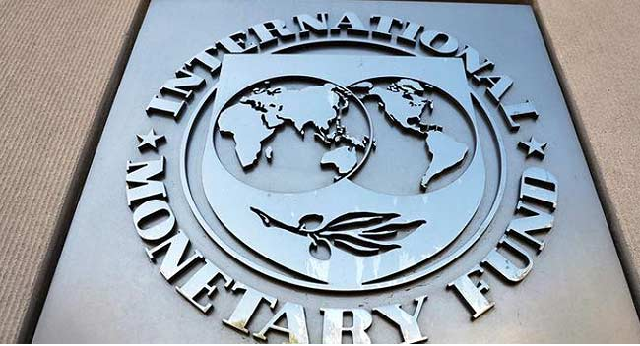The International Monetary Fund (IMF), has stated that Nigeria and 72 other countries are at a high risk of debt distress, or already in debt distress.
A report titled ‘Restructuring debt of poorer nations requires more efficient coordination’, noted that Nigeria as a low-key country faces fewer debt challenges today than it did 25 years ago.
The fund blamed the development on the country’s initiative, which slashed unmanageable debt burdens across sub-Saharan Africa and other regions.
The report noted that although debt ratios were lower than in the mid-1990s, the debts have been creeping up for the past decade and the changing composition of creditors would make restructurings more complex.
The report read in part, “About 60 percent of DSSI countries are at high risk of debt distress or already in debt distress—when a country has started or is about to start, a debt restructuring, or when a country is accumulating arrears.
“Spurred by low-interest rates, high investment needs, limited progress in raising additional domestic revenue, and stretched systems for managing public finances, the debt ratios of DSSI countries have increased, partly reversing a decline seen in the early 2000s.
“Now, the economic shocks from COVID-19 and the war in Ukraine are adding to the debt challenges faced by low-income countries, even as central banks start to raise interest rates.”
IMF added that among the 41 DSSI countries at high risk of or in debt distress, Chad, Ethiopia, Somalia (under the HIPC framework), and Zambia have already requested debt treatment.
“Around 20 others exhibit significant breaches of applicable high-risk thresholds, half of which also have low reserves, rising gross financing needs, or a combination of the two in 2022.
“On the domestic side, difficult trade-offs will exist between the need to restructure sovereign debt owed to domestic banks, in some cases, and the impact of such restructurings on financial sector stability and the capacity of domestic banks to finance growth,” the report read further.














